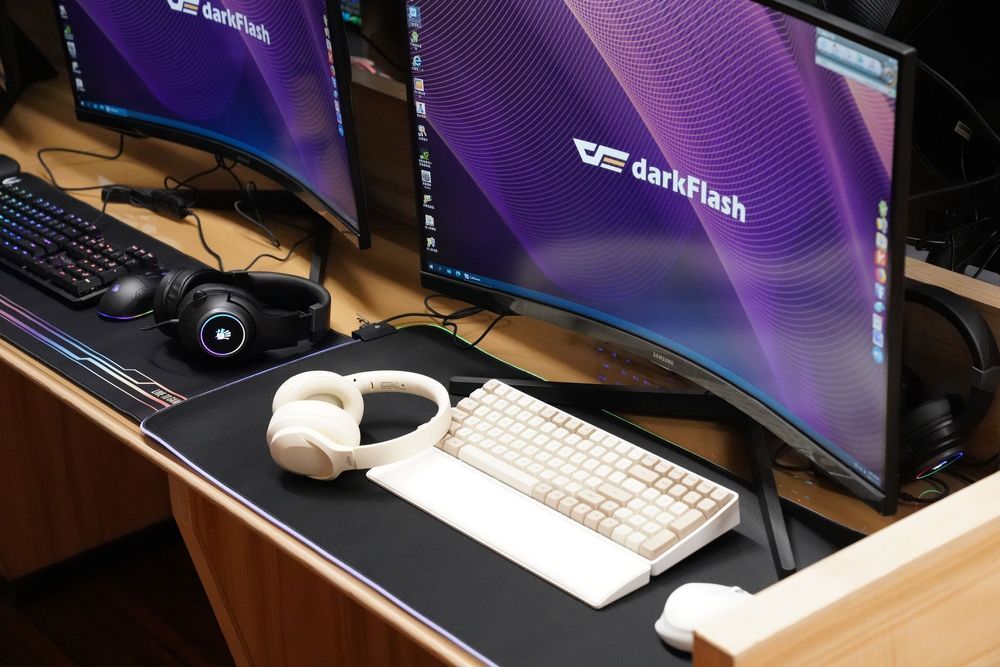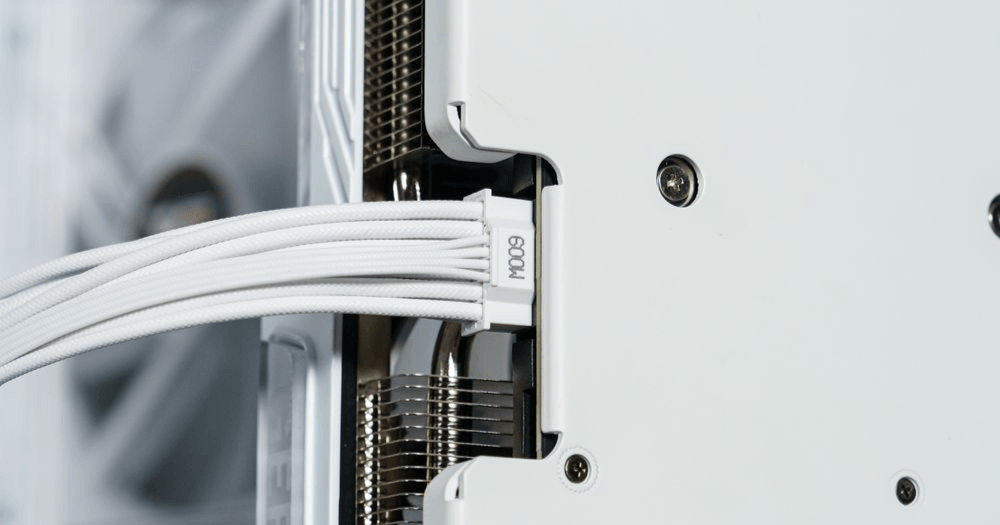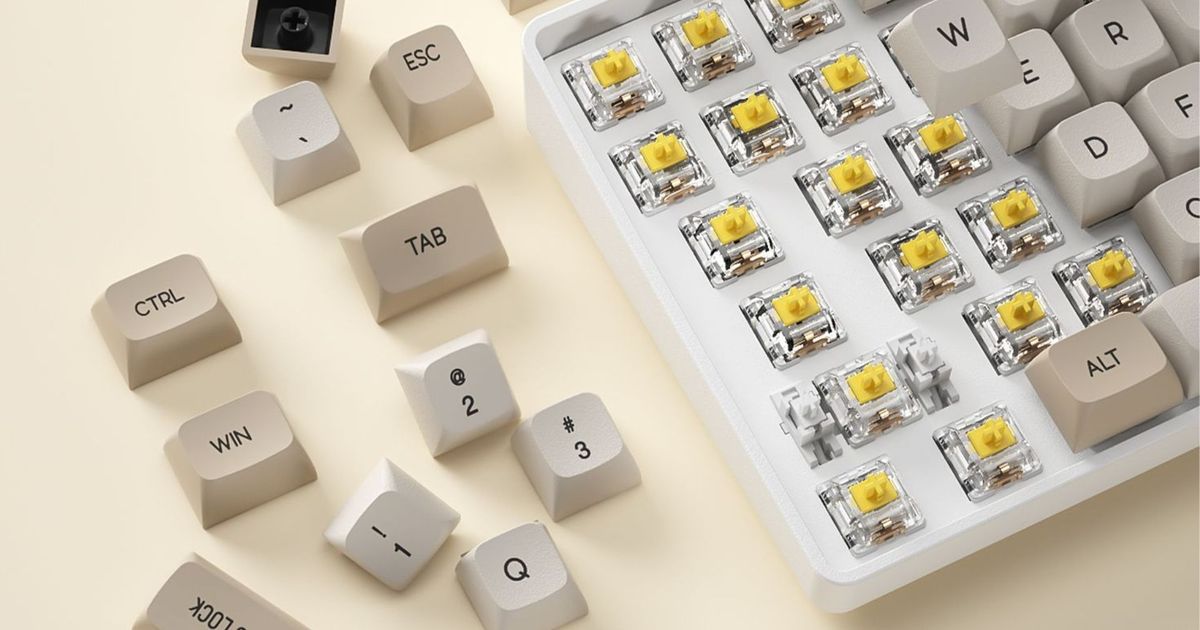Wireless keyboards generally connect via two primary methods: 2.4G wireless and Bluetooth. While both are wireless technologies, they differ significantly in terms of transmission technology, connection stability, range and distance, and recommended users. Here's a detailed comparison:

1. Transmission Technology
Bluetooth:
Bluetooth is a low-power, short-range wireless communication technology commonly used for data transmission between devices like smartphones, tablets, and headphones. It is designed for low-power devices and supports direct device-to-device connections.
2.4GHz:
2.4GHz refers to a wireless communication frequency commonly used in peripherals like wireless mice and keyboards. It generally offers faster transmission speeds and lower latency compared to Bluetooth, though it may experience interference from other devices using the same frequency.

2. Connection Stability
Bluetooth:
Bluetooth devices don’t require a dedicated receiver; they only need the host device to have a Bluetooth module. It supports seamless switching between multiple devices. However, due to its widespread use, interference from nearby Bluetooth devices may occasionally affect stability.
2.4GHz:
Requires a receiver (usually a USB dongle) paired with the device. Once paired, it typically provides a more stable connection and operates effectively over longer distances.
3. Range and Distance
Bluetooth:
Bluetooth's range is typically shorter, spanning around 10–30 meters depending on the Bluetooth version and device type.
2.4GHz:
Offers a wider range, often exceeding 30 meters, and features better penetration through walls and other obstacles, making it ideal for larger spaces.
4. Recommended Users
Bluetooth:
Ideal for laptop users with limited USB ports.
Perfect for professionals on the move who need lightweight, portable solutions.
Suitable for users who frequently switch between multiple devices.
2.4GHz:
Best for desktop users who require stable, consistent connectivity.
Suitable for stationary office workers.
Favored by gamers for its low latency and reliable performance.

Understanding these differences will help you make an informed decision and choose a wireless connection that aligns with your preferences and usage habits.



